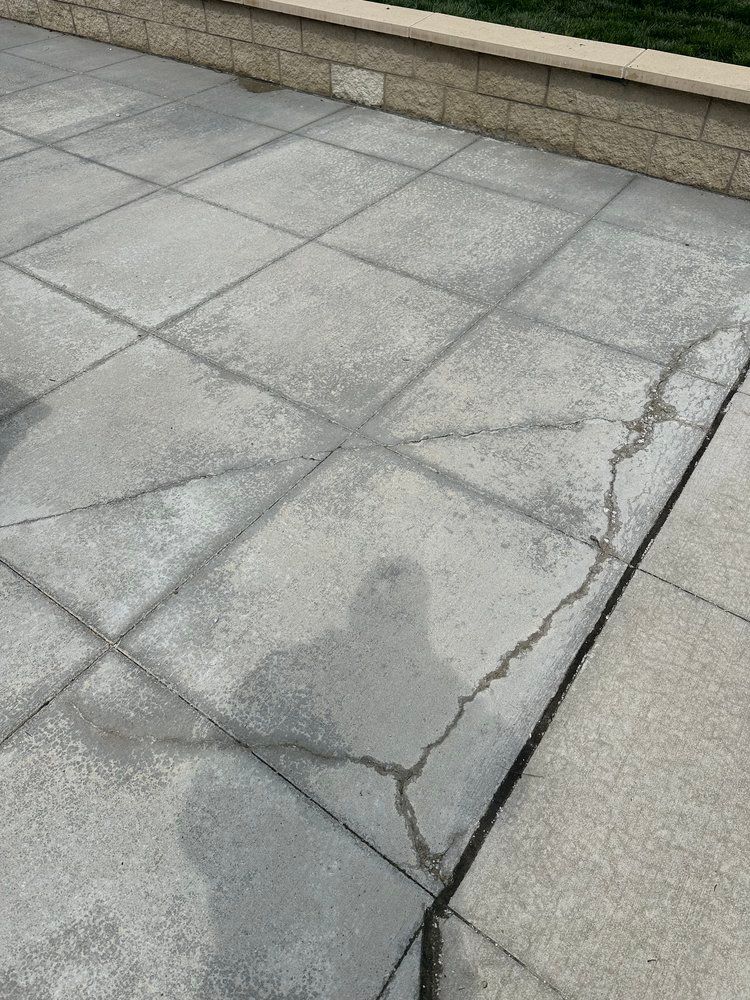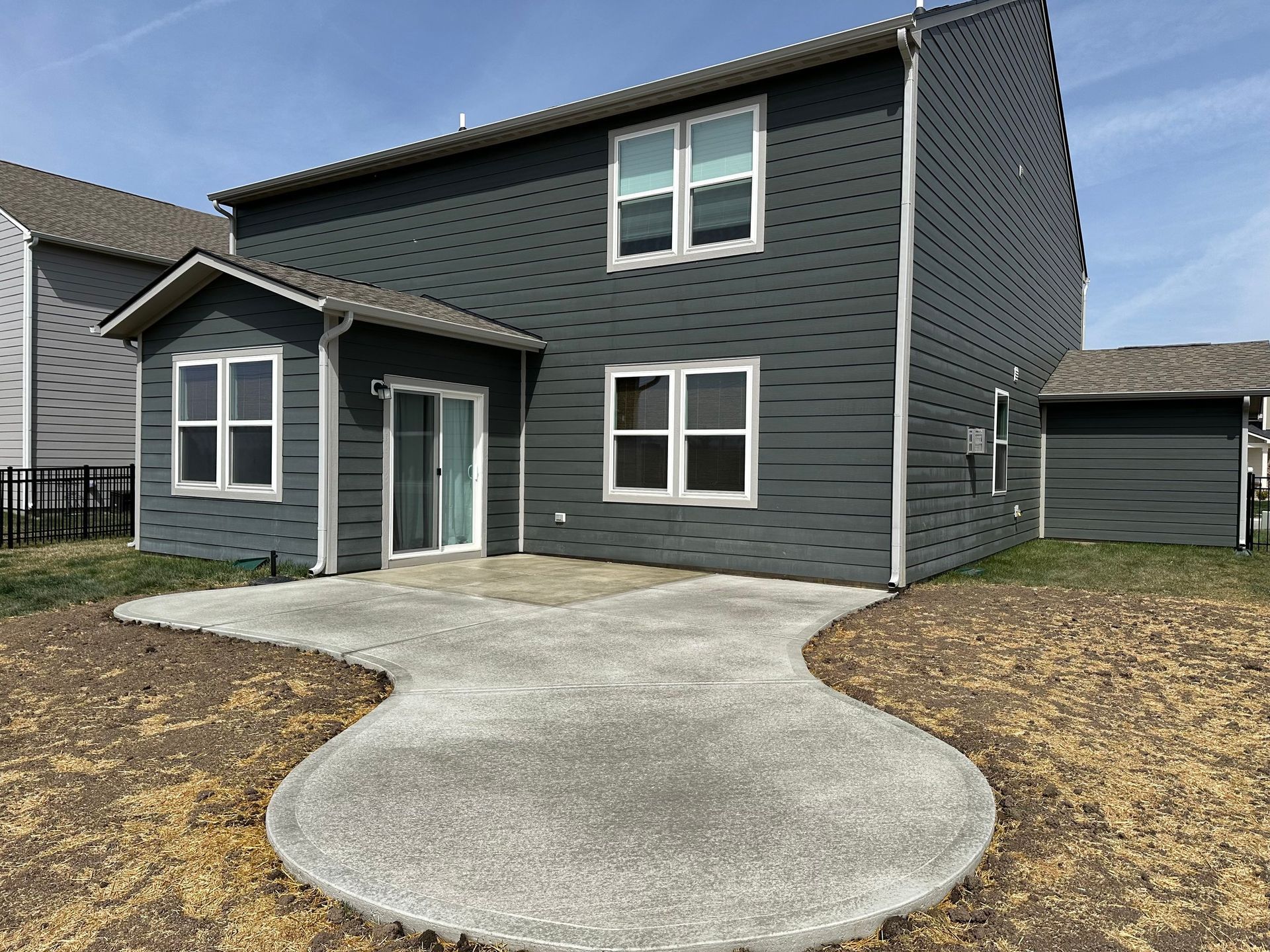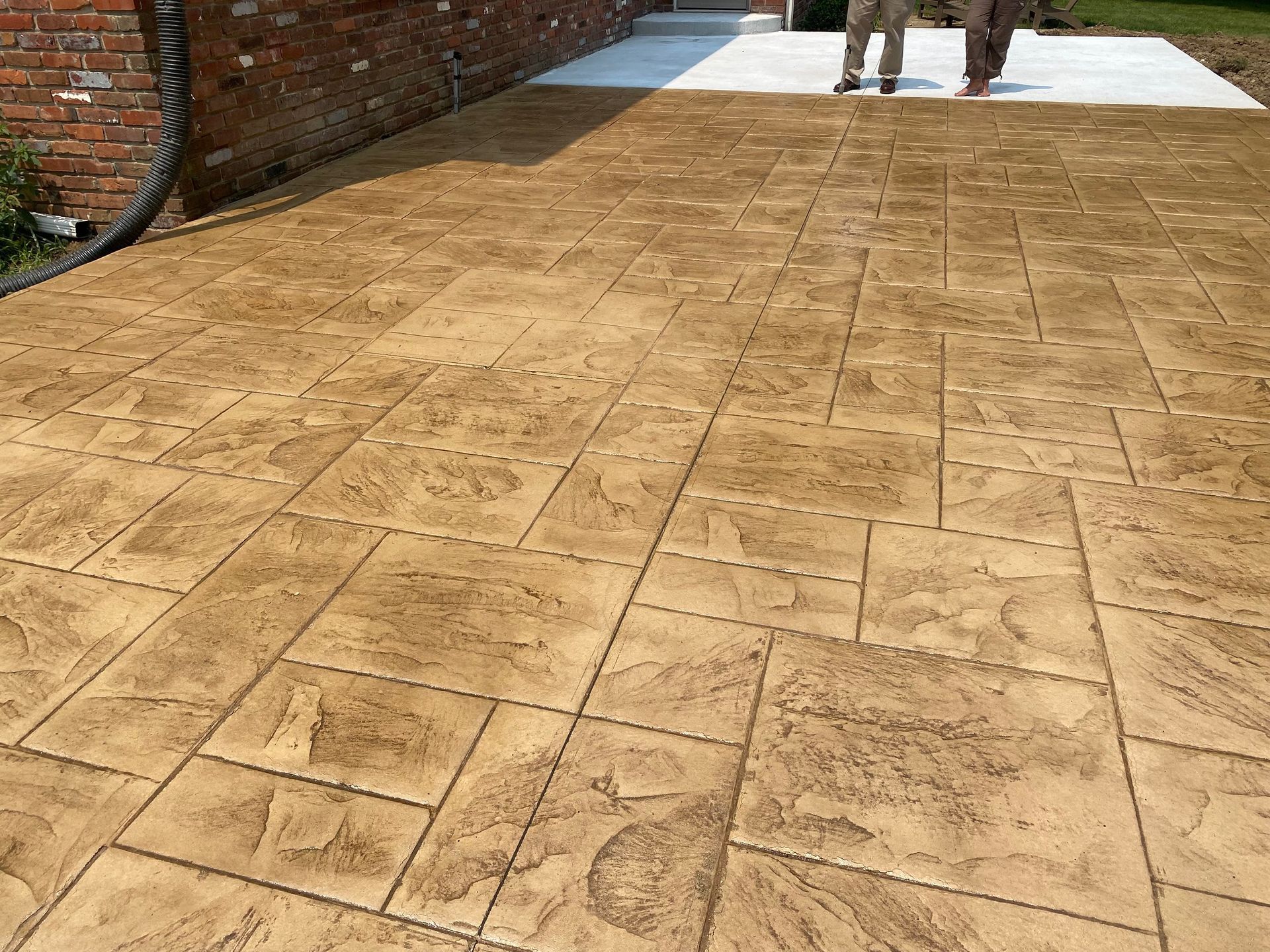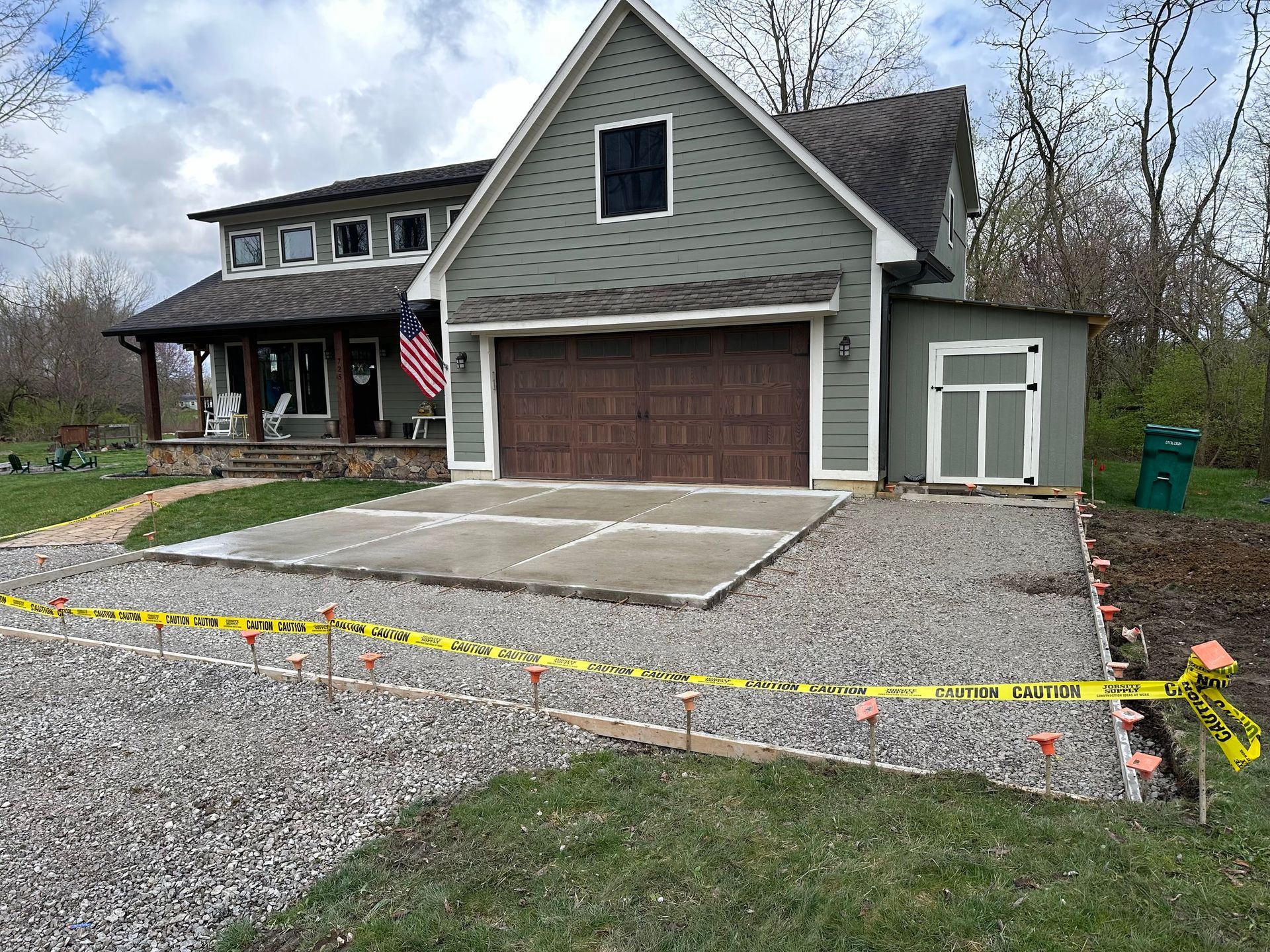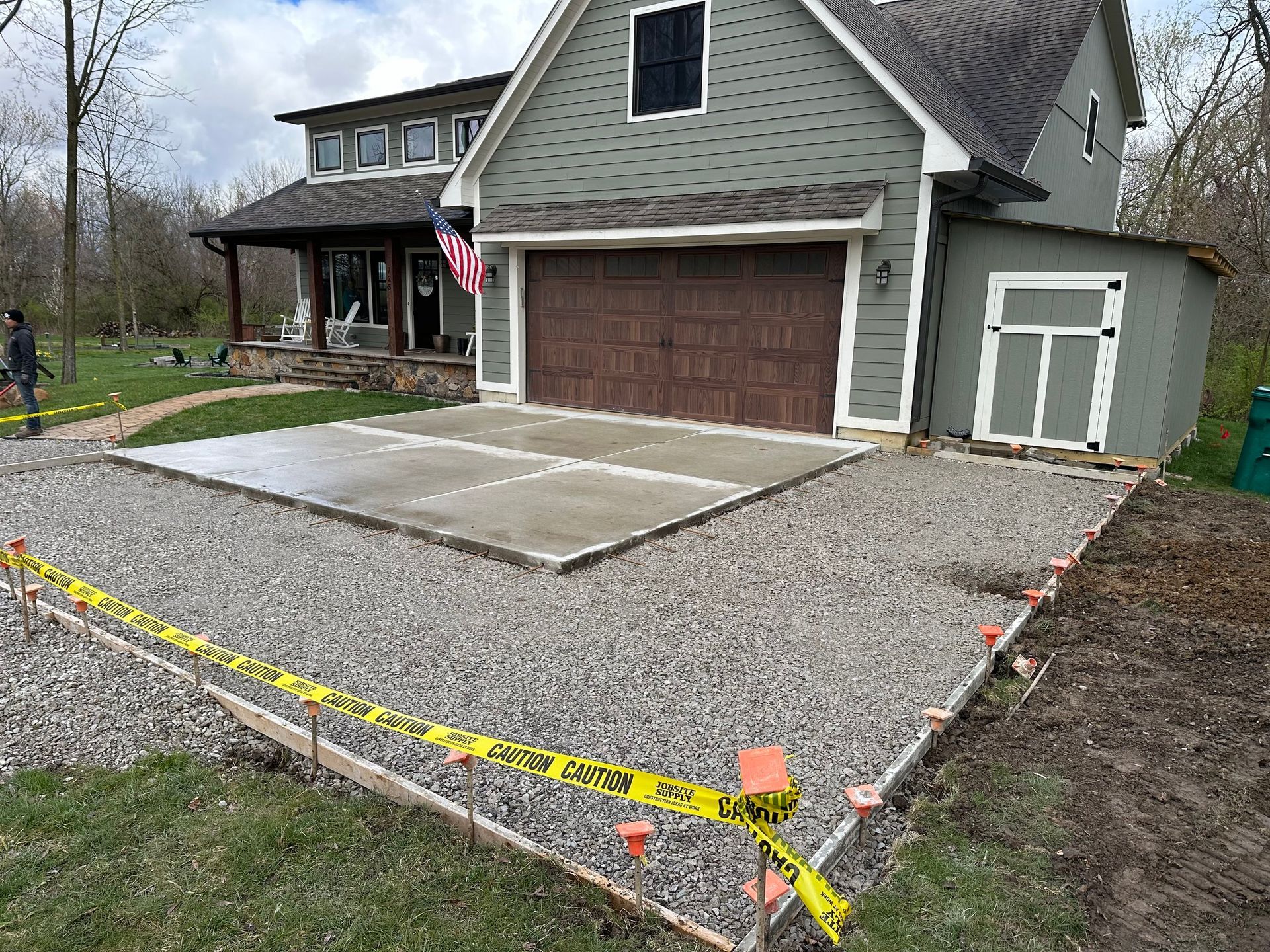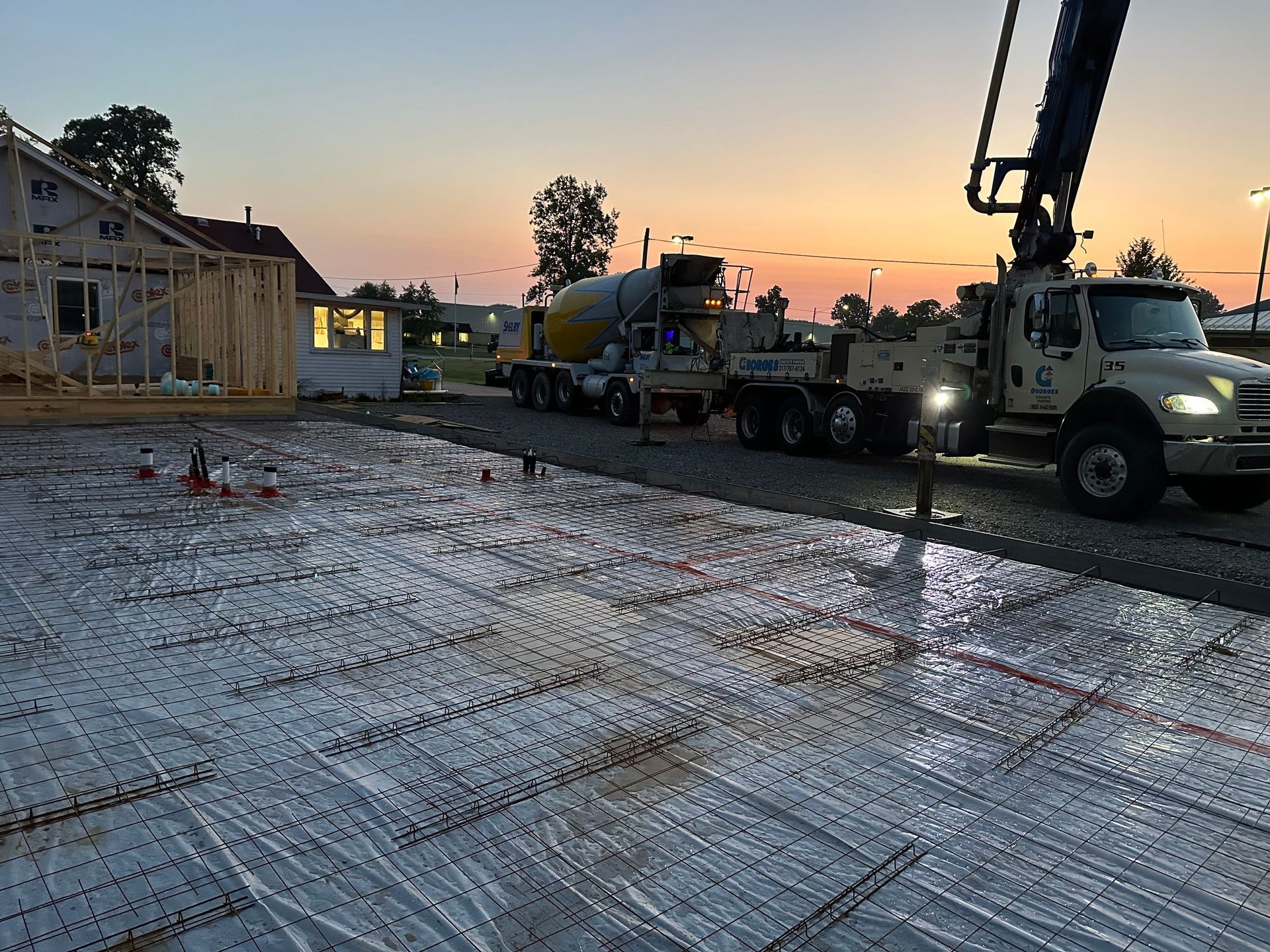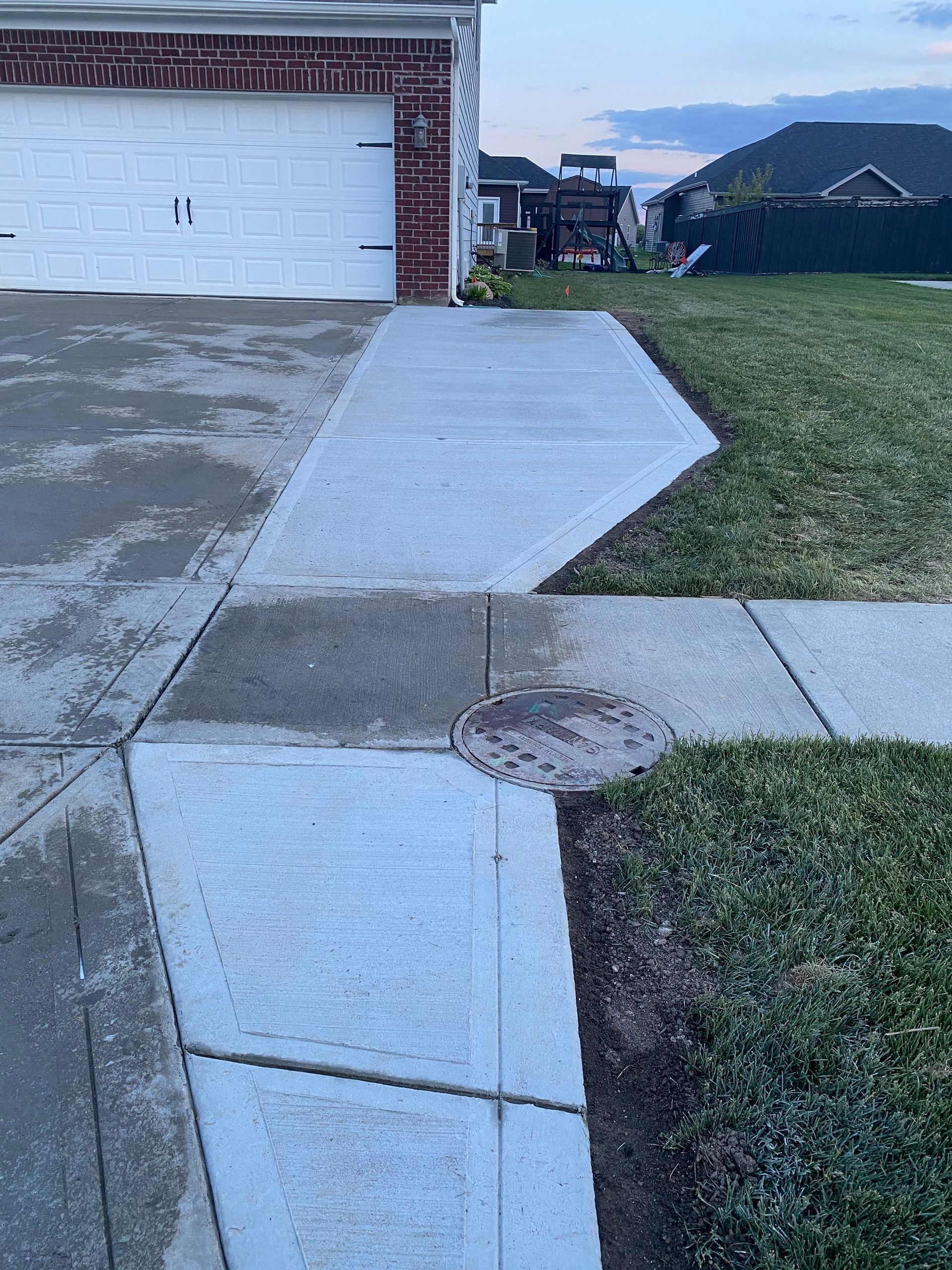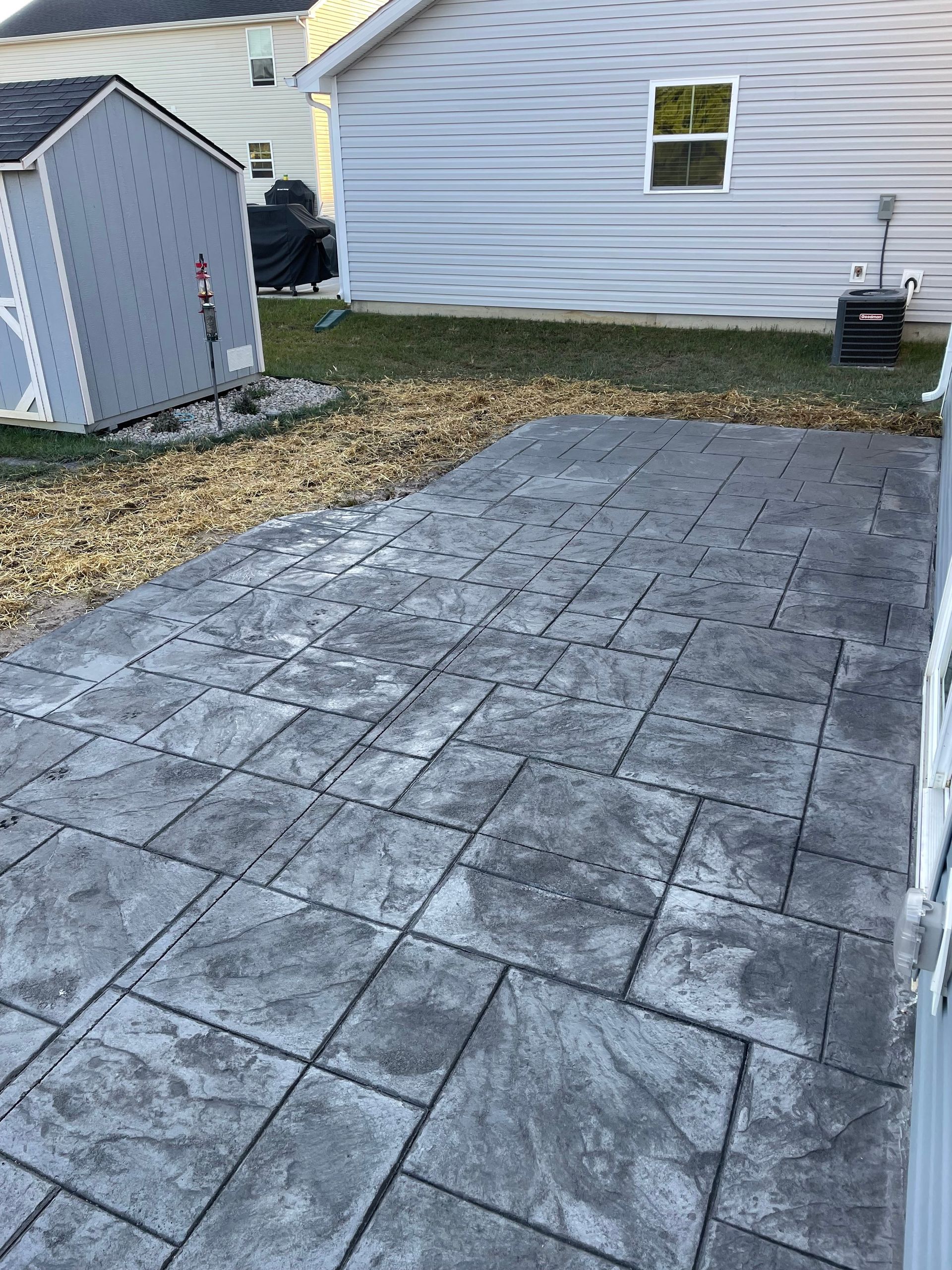Preparation for Concrete
Preparing for laying concrete involves several crucial steps to ensure a durable and long-lasting foundation. Firstly, the site must be thoroughly excavated to the required depth, typically determined by the type of structure being built and the soil conditions. This excavation process involves removing any organic materials, debris, and unstable soil layers to create a stable base for the concrete.
Before concrete is poured, it's vital to install a sturdy sub-base or base material to further support the structure and prevent shifting or cracking over time. This may involve layering materials such as gravel or crushed stone and compacting them to create a solid foundation. Proper drainage considerations should also be taken into account to prevent water buildup beneath the concrete, which can lead to erosion and structural damage. Additionally, any necessary forms or molds must be installed to contain the concrete and shape it according to the desired dimensions and contours of the project.
Finally, meticulous attention to detail in the placement and finishing of the concrete is crucial for achieving optimal results. This includes accurately measuring and mixing the concrete ingredients, ensuring proper reinforcement with materials such as rebar or wire mesh, and carefully placing and consolidating the concrete to eliminate voids and air pockets. Proper curing and sealing techniques are also essential to promote strength and durability while minimizing the risk of cracking and surface damage. Overall, thorough preparation is key to ensuring a successful concrete installation that withstands the test of time.
